
Do you have a question about the Siemens SIPROTEC 7SS525 V3.3 and is the answer not in the manual?
| Frequency | 50/60 Hz |
|---|---|
| Binary Outputs | Up to 16 |
| Housing | Plastic |
| Type | 7SS525 |
| Communication Protocols | IEC 61850 |
| Current Input | 1 A or 5 A |
| Power Supply | 24-250 V DC / 100-240 V AC |
| Mounting Type | Panel mounting |
| Protection Functions | Overcurrent, earth fault |
Step-by-step guide to creating a new project using DIGSI Manager for configuring the SIPROTEC 7SS52 V4 system.
Instructions on how to insert central and bay units into the project structure within DIGSI Manager.
Details the process of drawing and parameterizing a substation using DIGSI Plant Configuration tool.
Provides important notes and considerations for configuring the SIPROTEC 7SS52 V4 system, including busbar and coupler sections.
Explains how to assign configured bay units to bay units in the DIGSI Device Manager for proper substation visualization.
Describes the process of allocating information items to input/output components like binary inputs, outputs, and LEDs.
Covers changing setting values, applying settings, and transmitting them to the device using DIGSI.
Details how to conclude the configuration by generating a report and transmitting parameters to the central or bay units.
Explains the main busbar protection function, its measurement methods, and operating principles.
Details the CBF function, its characteristics, setting notes, and bay-specific functions.
Explains the end fault protection function, its application in feeders, and settings.
Covers system self-monitoring functions, including zone-selective blocking, measured value supervision, and isolator monitoring.
Explains the optional overcurrent protection as backup, its activation, deactivation, and characteristics.
Details the backup breaker failure protection function, its activation, and parameters.
Explains how to retrieve annunciations, operational measured values, and fault data using DIGSI.
Covers options for influencing functions and annunciations during operation, like creating records and blocking.
Provides guidelines for installing and connecting the central unit and bay units, including safety precautions.
Details the essential checks for external electrical and optical links before switching on the protection system.
Outlines the essential steps for commissioning the protection system and its functions, including primary and secondary tests.
Guides on analyzing device malfunctions, identifying causes from operational events, and checking auxiliary voltage.
Provides a procedure for troubleshooting device defects, including LED checks and re-initialization with DIGSI.

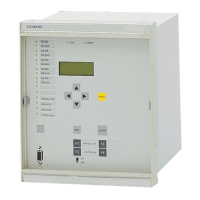
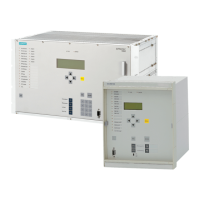
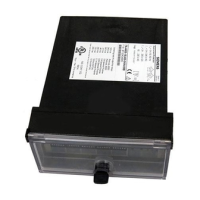
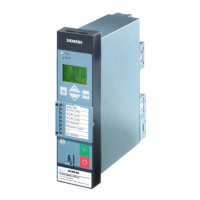
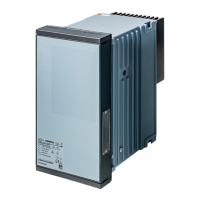
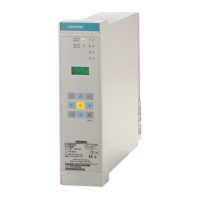

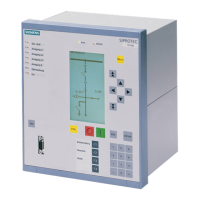
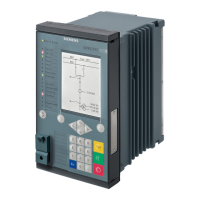
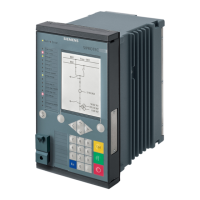
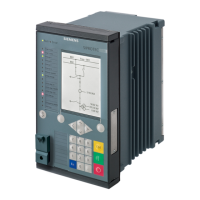
